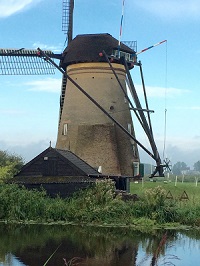 This chapter of “Travels of a Wine Blogger” is a river cruise from Amsterdam to Budapest that began on August 23rd 2015 and very briefly describes our adventure along the way with an emphasis on specific wine related activities.
This chapter of “Travels of a Wine Blogger” is a river cruise from Amsterdam to Budapest that began on August 23rd 2015 and very briefly describes our adventure along the way with an emphasis on specific wine related activities.
We started the trip with great trepidation…after landing at the Amsterdam airport we were told the trip was not going to begin in Amsterdam as planned, but would have to get a train and make our way to Rotterdam to catch the boat because of the congestion caused by the tall ships event in Amsterdam. In the end we were bused to Rotterdam to meet the boat. We left the dock at Rotterdam at 5:30 am and proceeded to Kinderdijk that was a collection of windmills built in the mid-18th century. It turned out to be VERY interesting and educational as we learned about the water management dating from the 1400’s and the workings of a dutch windmill…A super interesting morning.
From a wine perspective we sampled both a German white and red (both Viking River Cruise house brand) the night before that were fair (at best) but at lunch we had Gruner Veltliner (Viking River Cruise house brand) that we both rated “pretty good”. However, tomorrow we’re in Cologne, Germany and have the name of a wine store that Russ Anderson at the Caviste Wine Shop in Winston-Salem, North Carolina gave us, so we’re hoping to really turn-up the wine quality and with no corking fee on the boat are planning a GREAT wine experience for the rest of the trip!!!
Follow our wine travels by clicking the “Travels of a Wine Blogger button at the top right of every page.

Our Cologne wine experience was not nearly as good. The recommended store was closed, the second choice was a 20-minute car ride and we couldn’t find a taxi to get us there and back in time to be on board when the ship was casting off. So we found a wine shop near the river on my phone and made the 20 minute walk only to find it had a limited selection of inexpensive German wines. After we made our selection we found they didn’t take Visa cards. Out of desperation and help from a local we made our way to the nearest grocery store, and found they had a two-isle section of wines. Unfortunately most were less than $5 and we couldn’t read the labels or recognize any of the grapes. Out of desperation we bought two bottles, a white and red and headed back to the ship just in time as they were getting ready to pull up the gangway.
That night at dinner we had the Riesling, which was dry and turned out to be a whole lot better than the ship’s dry Riesling. We paid $12 for it and in the end it was clearly what we would call “Not Bad”.
Our next stop is Koblenz, where we’re going to go through a castle that’s along the Rhine so there will not be a chance to find a wine store until we get to Miltenberg.
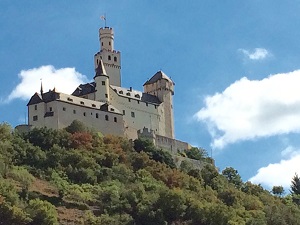
Since the castle was located along the river and no town was in sight we had to go another day drinking the bottomless bottles of the ships wine. At this point the quantity of Riesling makes up for the quality!!!
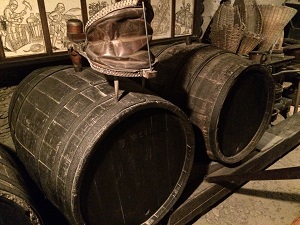
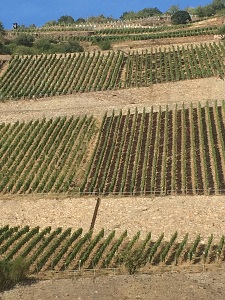
The town of Miltenberg was exactly what everyone thinks a German village should look like. Old buildings and cobblestone streets, but the best part was the wine shop that had a cellar that went back into the mountain. It was everything you would want in a wine cellar…damp coolness, musty aromas, and lots of wine. They only had local wines and were selling them at what we thought were ridiculous low prices. We talked with the store owner, who only spoke very spotty English about what we wanted, and as he gathered our wine for us we began to have second thoughts about the quality of the wine…the prices were between 6.50 and 8.00 Euros and came in squat bottles!!! However, at dinner that night we blind tested one of our newly found bottles with the ships house wine and it was clear we really made a GREAT find. Even our non-wine drinking friends said the difference was astounding.
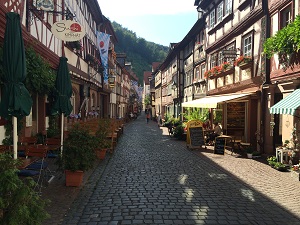 |
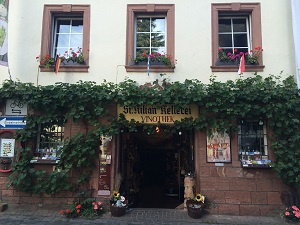 |
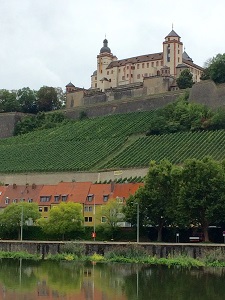
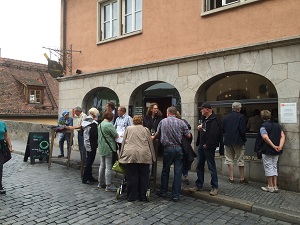
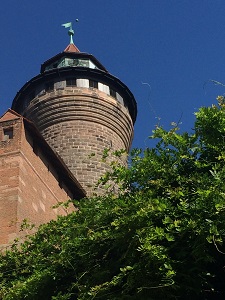
However, Nuremberg was an interesting city with all its connections to World War II. It also has a medieval old town surrounded by massive walls and an abundance of 15th and 16th-century architecture.
From a wine drinking perspective it’s a far second to all the different beers that are available and we had a fantastic lunch that complemented the beer perfectly.
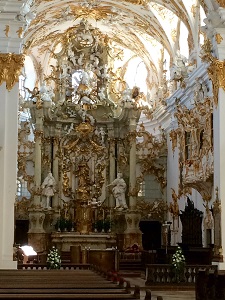
Again since we were in the beer capital of the world we had a great German lunch and lots of beer…delicious!!!
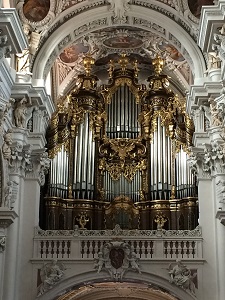
We did some shopping and found several wine stores, but they were all selling Austrian wines. We’re very close to the border and figured we would be better waiting until we get to Melk tomorrow.
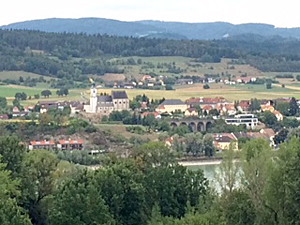
About lunch time we entered the Wachau Valley which is the stretch of the Danube between Melk and Krems. Both banks of the river were dotted with ruined castles and medieval towns and lined with terraced vineyards. The sheer beauty of the valley landscape is probably as good as it gets!!! Later in the afternoon we visited Krems, a delightful town with it’s cobblestone streets and old European architecture. For us one of the highlights was the a small wine store that had a great selection of local Wachau Valley wines.
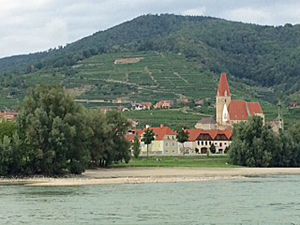 |
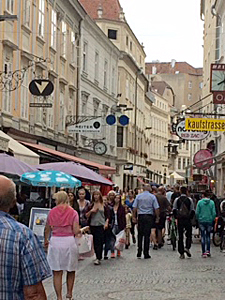 |
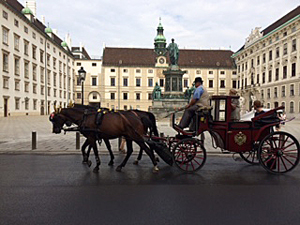
Our visit to the city was short and we were unable to find any wine stores that had anything but typical tourist selections. As we’ve found before the good wine stores are seldom found in the areas we visit when sightseeing.
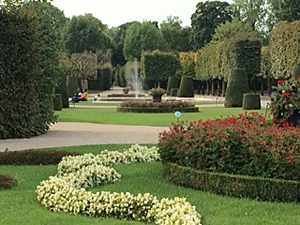
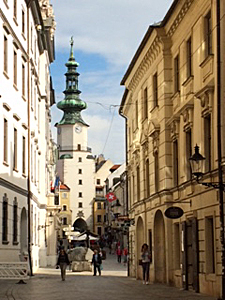
Our guide was also a wine drinker and he gave us the local perspective and some pointers about Slovakian wines and where to purchase them. Visiting the “mom & pop” store he recommended for wine was like stepping back a hundred years…and we couldn’t read anything on any labels. We were a little apprehensive when he told us the good wines only cost about six euros, but if we spent 10-12 euros we would get Slovakian wine that was as good as French wine. Knowing we had only one opportunity to buy Slovakian wine we went for the most expensive we could find in the store…12 euros!!!
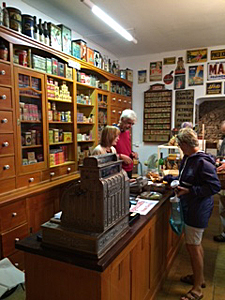
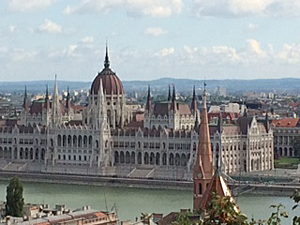
Budapest was a great way to end the trip and it’s clearly one of the great European cities, it has old-world charm, modern culture and very reasonable prices for everything…we loved it, and the Hungarian wine!!!